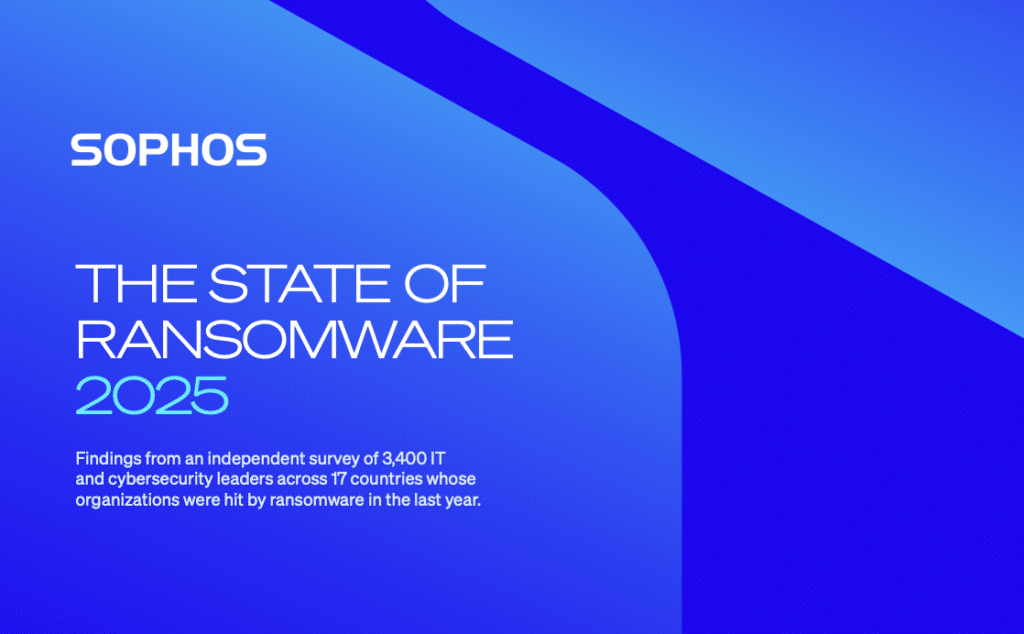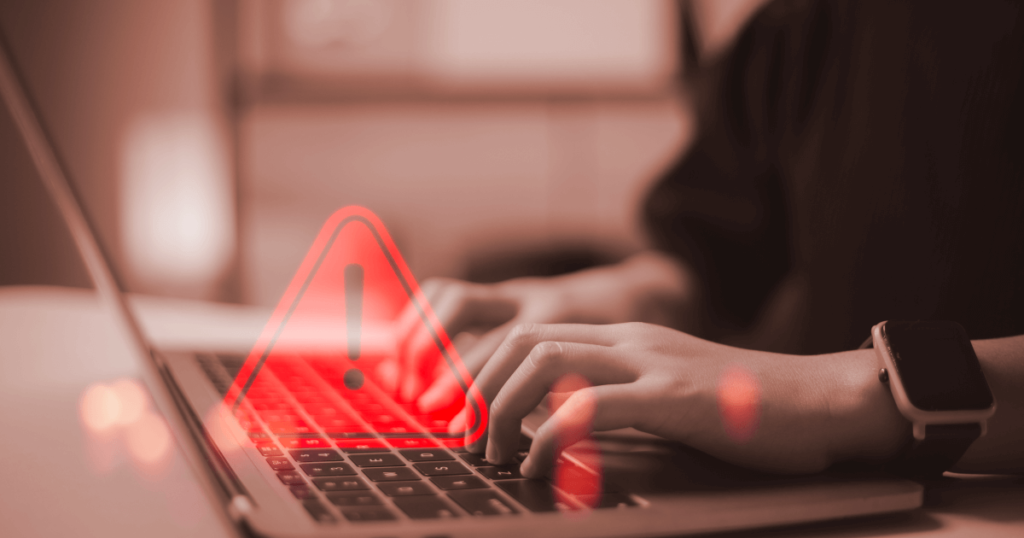The Importance of Integration

In the episode, you will learn why integrating different cybersecurity tools from various vendors is crucial for enhancing the overall strength and sophistication of cybersecurity measures. Modern integrations are much easier to implement, often requiring just a few clicks instead of writing code. This integration allows for the exchange of telemetry between different systems, providing a broader understanding of threats within an organisation. With many IT professionals preferring a single view of their organisation rather than managing multiple consoles, integration helps achieve this unified view. Integration can also help keep costs down by reducing the need to learn and manage multiple systems.
Enhanced security, practical insights into modern integrations, cost savings, user behaviour analysis, and a proactive approach to cybersecurity are all compelling reasons to listen to this podcast. By integrating cyber tools, organisations can significantly enhance their security posture, implement integrations with minimal effort, reduce the complexity of managing multiple systems, and mitigate risks through user behaviour analysis. This proactive approach can also lead to cost savings and positively impact cyber insurance premiums.
In episode 3 of our podcast series with Mimecast, the discussion revolves around the importance of integrating cybersecurity tools within educational institutions. The speakers, Rob Cox and Rob Stock from Mimecast and Brian Sibley from Espria, delve into the benefits and challenges of integrating various cyber tools to enhance the security posture of organisations, particularly in the education sector. The discussion begins by highlighting the significance of understanding the cybersecurity tools already in use within an organisation, particularly those in the education sector. The team emphasise that integrating tools from different vendors can strengthen the overall security framework and make the system more sophisticated, Brian adds that modern integrations are much easier to implement compared to the past, often requiring just a few clicks instead of writing code. This ease of integration allows for the exchange of telemetry between different systems, providing a broader understanding of threats within an organisation.
The speakers also discuss the concept of a “single pane of glass,” which refers to having a unified view of the organisation’s security status. This approach is preferred by IT professionals as it reduces the complexity of managing multiple consoles an helps in identifying and mitigating threats more efficiently. Additionally, integrating cybersecurity tools can help keep costs down by reducing the need to learn and manage multiple systems.
Another key point discussed is the human risk factor. The speakers stress the importance of understanding user behaviour and integrating this information into the broader telemetry of the organisation. This helps in identifying risky behaviours and educating users to mitigate potential threats. They also touch upon the impact of integrating cybersecurity tools on cyber insurance premiums. Demonstrating a proactive approach to cybersecurity through integration can positively influence insurance costs.
In summary, the episode underscores the critical role of integrating cybersecurity tools in enhancing security, reducing costs, and managing human risk. The team provide valuable insights into the practical aspects of integration and its benefits, making a compelling case for organisations to adopt a unified approach to cybersecurity.
You may be interested in
The Current Threat Landscape
In the past year, 71% of secondary schools have reported a breach or attack – cyber-attacks are constantly making headlines. In episode 2 of our podcast series our team of experts discuss the evolving threat landscape. You will learn The Espria and Mimecast team also share proactive strategies to enhance your organisation’s cyber security. With budgetary restrictions impacting many education establishments, they often lack the in-house resources to manage their cyber security effectively. The constant monitoring of data, looking for patterns and vulnerabilities to detect and respond to cyber threats is simply not an option…
The 2025 State of Ransomware: Key Insights on Attacks, Costs, and Recovery
Ransomware continues to evolve — and so must our defenses. The State of Ransomware 2025 report from Sophos presents one of the most comprehensive views yet into how organisations around the world are being impacted by ransomware attacks. Based on an independent survey of 3,400 IT and cybersecurity leaders across 17 countries, the report explores how attacks are evolving, the operational weaknesses adversaries exploit, and the human and financial tolls that follow. Whether you’re building a cybersecurity strategy or assessing risk, this year’s findings offer crucial, real-world insights to guide your response. Key Findings from…
Outgrowing your MSP; businesses need a provider that scales with their growth
To stay competitive, business leaders must align with MSPs that deliver strategic value, drive innovation, and support to scale. Now firmly into 2025, it’s becoming clear what the year has in store for the IT landscape. For SMBs, the message is clear: business growth must be matched with smarter, more scalable managed services. The demand for cyber-resilient, cloud-first and AI-integrated solutions is no longer a forecast – it’s a reality already shaping business priorities. According to leading global technology market analyst firm Canalys’ MSP Trends 2025 report, the MSP model is transforming under growing pressure…
End of windows 10 support signal urgent action needed from UK organisations as cyberattacks continue to rise
Recent breaches at major UK retailers, combined with the approaching end of life of Windows 10, highlights a critical moment for IT resilience planning The recent wave of cyberattacks targeting major UK retailers has highlighted the growing security risks associated with organisations running outdated systems and applications and maintaining weak identity verification protocols. These incidents—particularly those involving Marks & Spencer and the Co-Op—have starkly exposed how vulnerable legacy infrastructure and insufficient access controls can be. In both cases, attackers successfully posed as legitimate employees and manipulated IT help desks into resetting internal passwords, ultimately gaining…
UK SMEs must fortify their cybersecurity against geopolitical risks, says Espria
A recent Sky News investigation highlighted an uptick in cyberattacks tied to the Iran conflict that are targeting businesses across multiple sectors. Speaking at the NATO Summit, Prime Minister Sir Keir Starmer urged UK businesses, regardless of size or sector, to prioritise cybersecurity and ‘take immediate steps to review and strengthen their defences.’ While the warning is timely in tone, businesses are already becoming targets of politically motivated cyberattacks, emphasising the need for heightened vigilance. “As tensions spread globally, threat actors will continue to exploit digital vulnerabilities, and neutral businesses may be caught in the…
Understanding Human Risk in the Education Sector
Why is the education sector such a major target for cyber criminals? What makes the sector so exploitable? What are the risks of your data being stolen? In 2024, human risk surpassed technology gaps as the biggest cyber security challenge. Human error contributes to 95% of data breaches. Are you aware that educational institutions are more likely to identify cyber security breaches or attacks compared to the average UK business? For instance, 71% of secondary schools have reported a breach or attack in the past year, which is indicative of the widespread nature of these…





